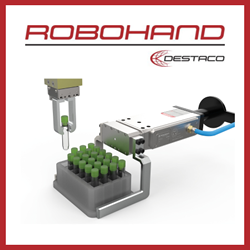Labor Shortages Lead to Revenue Losses for Four-in-Ten US Manufacturers
Delays in projects (32%) also a consequence of the skills shortfall
Four-in-ten organisations (39%) have cited revenue losses as a key long-term consequence of the labor shortage. This is according to new research by Visual Components of manufacturing decision-makers in the US.
In further findings from the research, increased labor costs (53%) are also identified as the main short-term consequence, alongside delays in projects (32%), inability to meet customer demand and production targets (34%) and profit or revenue declines (27%).
With talent at a premium, organisations have had to spend more from their strained budgets on new hires. 93% of US businesses have had to dig deeper into the company reserves to offer higher salaries to attract in-demand talent.
The need to offer higher salaries is only adding to the overall wage bill as overtime becomes a necessity to remain productive. Greater pressure is also being added to budgets as rising costs and inflation (58%) continue to take hold.
"The labor shortage is a significant contributing factor in rising costs for US manufacturers. Simulation software offers an opportunity to upskill existing staff and reduce the reliance on expensive skilled staff from external sources. This can empower employees on the factory floor to meet customer demands and revenue targets against an economic backdrop that remains challenging," says Mikko Urho, CEO, Visual Components.
Featured Product

DESTACO - Revolutionizing Industrial Automation
Looking for a reliable solution to enhance your automation process? Look no further than the DESTACO Robohand Grippers. These grippers are designed for the modern world of robotics, offering unparalleled performance and precision. Whether you need to grip fragile items, irregularly shaped objects, or heavy-duty components, the DESTACO Robohand Grippers have got you covered. Their modular design allows for quick and easy customization, ensuring a perfect fit for your application.
